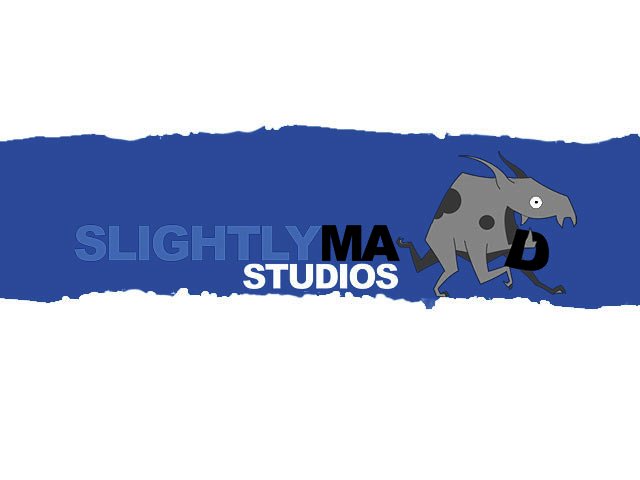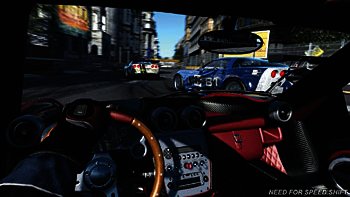Stephen Viljoen
By Mike Joubert 5 October 2009 | Categories: interviews
 Were you surprised when EA asked for a return to basics on Need for Speed: SHIFT? No story just flat-out racing? Were you surprised when EA asked for a return to basics on Need for Speed: SHIFT? No story just flat-out racing?Not really, as the approach was to split the franchise into different games instead of trying to cater to all the demographics in a single game. The target demographic for SHIFT is the more grown-up racers who’s had their fill of neon-lights under the cars and illegal street racing. The “story” in SHIFT is you. You are the main character and the game moulds itself around you in a number of ways. The vehicles look extremely realistic, but they drive easier than on some of your other games such as GTR2. Was this a deliberate choice to rather keep playability while sacrificing the authentic, but more difficult, steering? Yes. This doesn’t mean that the underlying physics engine is any less accurate though, quite the opposite. The physics engine in SHIFT is in many ways more accurate than what we had in GTR2. Realistic physics shouldn’t mean it’s hard. What is more important than claiming that the physics engine is accurate, is creating a convincing experience. If you can drive a car in real life you should be able to drive a car in a game with convincing physics, and this is what our aim was with SHIFT. We created a number of different technologies in our audio and visual engines that combine with the physics to help create a convincing experience, and we believe that this puts SHIFT into a new bracket altogether. We like the realistic cockpit view that gives you more of the driver’s experience and also gives the impression that things inside the car are moving as well. How did you manage to do this? We modelled the cockpit to the same degree of accuracy as we did with the exterior of the car. We then placed a fully articulated, physics enabled driver model in the cockpit and attached the player’s viewpoint camera to this model’s head. The player’s visual experience now matches what it would be like to really sit in the cockpit. Brake hard and your view will move forward. Stab the accelerator and your view will lean back. Take corners fast and the view leans left and right just like it would if you were in the cockpit. Crash hard and… you get the idea. This creates what we call “perception based G-forces”, which gives the player a convincing visual and aural representation of the effects that G-forces have on a driver’s body and vision during high-speed racing. The instrumentation usually doesn’t receive a lot of attention, but it seems even this was important to you? Yes, very much so. It’s all part of creating a truly convincing experience. It’s pretty cool to watch how the odometer clocks up mileage on a car that you’ve purchased, or how the needle on your newly installed turbo gauge reacts correctly based on how hard you’re pushing the car. It all adds up to help draw the player all the way into the game. How long did the project take start to finish? More or less two years. What part of the game did you enjoy working on the most? What was the most difficult part? Personally, I enjoyed the hands-up parts the most. Prototyping track and terrain layouts and seeing my vision of the track come to live and then seeing it in the final game with players driving around on something that started off as just an idea in my head is very rewarding. Also creating all the replay cameras was good fun. The most difficult part for me was balancing the AI and game difficulty. There’s such a wide range of players out there and to try and find something that will more-or-less appeal to everyone is really tough. Any tips for readers that want to get into game creation? Yea, don’t! Seriously though, it’s a very rewarding career, but extremely demanding. You need to be very passionate about creating games, not just playing them. You don’t get to play much when you do this for a living! If you find yourself doing logical analysis of the games you play, pinpointing what the creators did well and what not etc, then you may have the mindset for this type of job. The rest is easy – work really hard, stick at it, get your work visible (we used to release our initial games for free just to get exposure), and don’t give up, then it may just happen! So what’s next for Slightly Mad Studios? We have a number of very exciting projects already starting, and as usual we can’t say anything about it yet! This is the hardest part of game development – the period between project kick-off and when you can finally reveal information about it. With SHIFT it was eight months of painful silence before I could tell my friends what I was working on! Hopefully this time it won’t be that long, but rest assured, you’ll know all about it as soon as we can talk. |
Most Read Articles

Have Your Say
What new tech or developments are you most anticipating this year?



